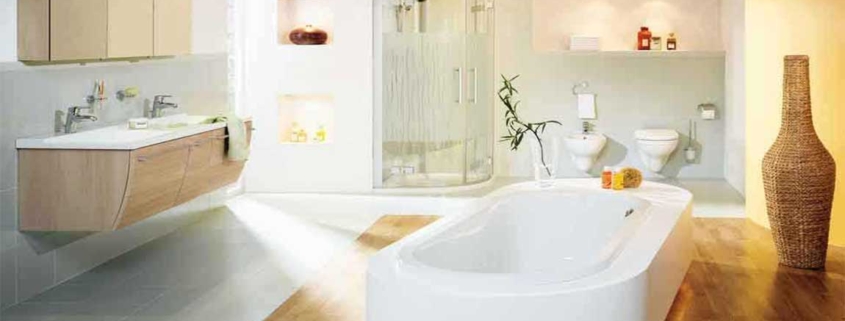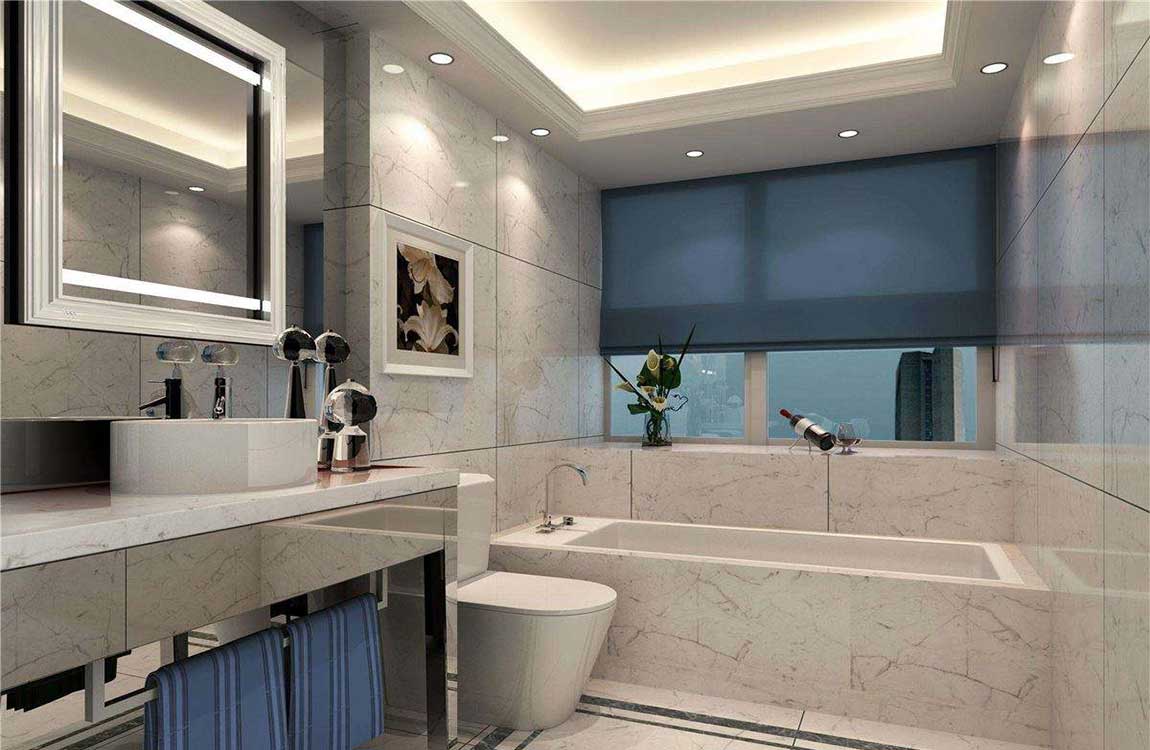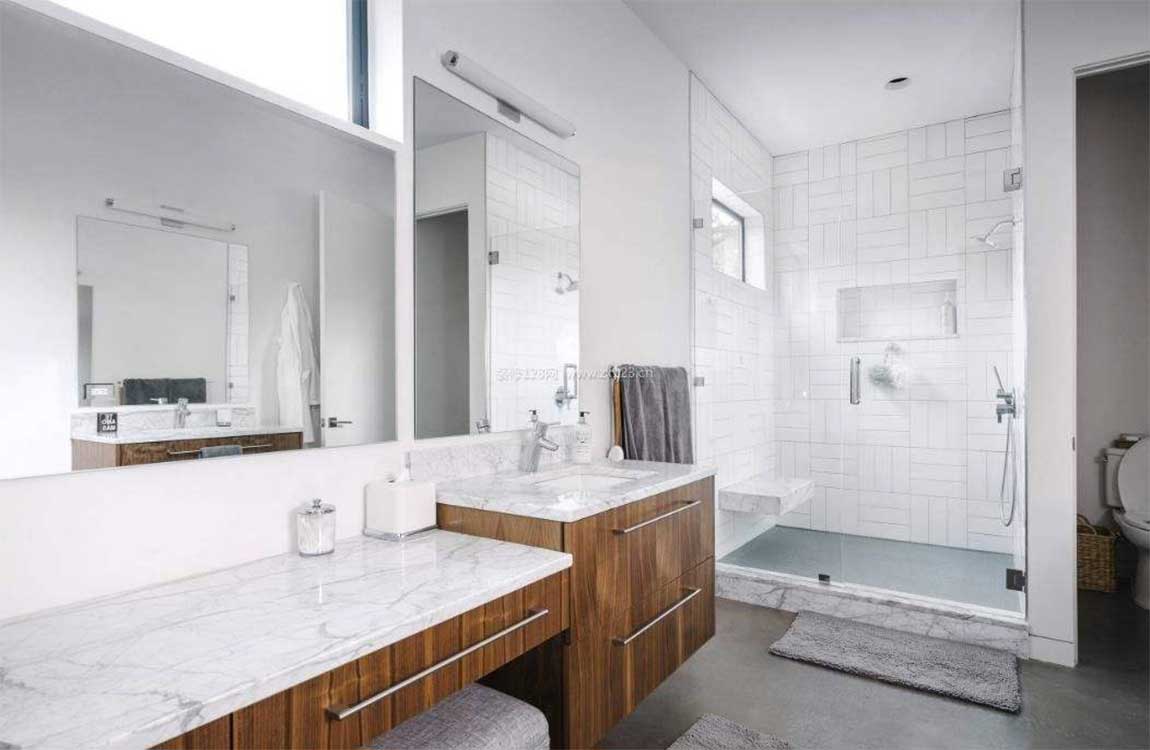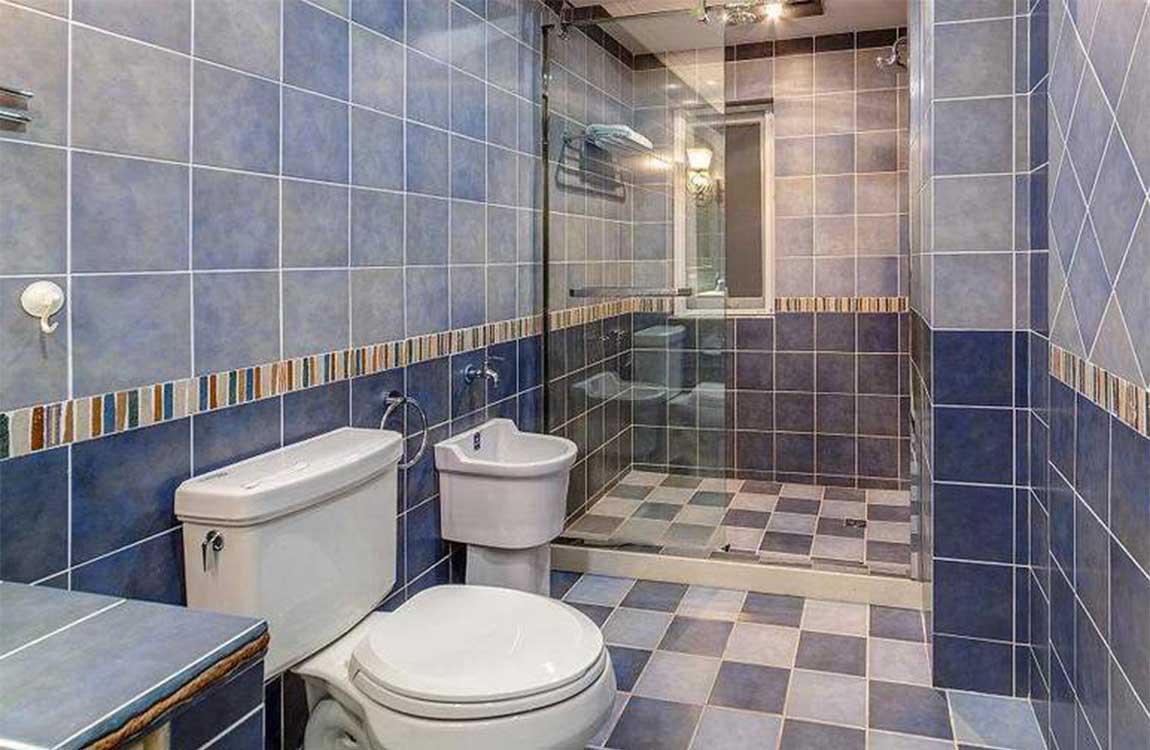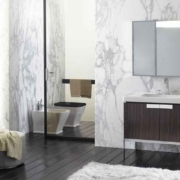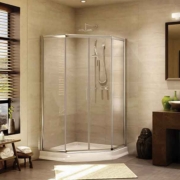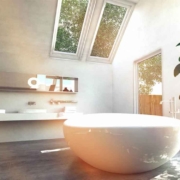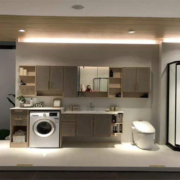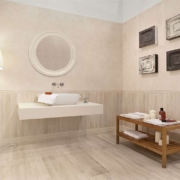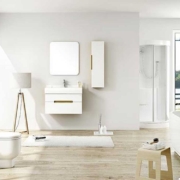Bathroom Decorate
Decide on a style. A bathroom cabinet should fit into its environment, so you will want to choose cabinetry that complements your home’s existing furniture and architectural details. Consider the following design elements: Doors. You may opt for open-shelved cabinets, which have no doors, or for decorative glass or solid doors.
Material. Bathroom cabinets come in a wide array of materials, including wood, plastic, wicker, glass, bamboo, porcelain and laminate. Accessories. Pay attention to things like drawer pulls, door handles, cabinet tops and mirrors, as these details contribute to the cabinet‘s aesthetic and style.
Add another coat if the paint looks patchy and let it dry overnight. After letting the first layer dry overnight, you may notice that the paint has some patchy areas. Apply a second coat, brushing on paint over edges and corners and using a foam roller on flat surfaces. Let the vanity and all of the painted pieces sit undisturbed for a full night and check them in the morning.
Patchiness often occurs with darker paint colors. When applying extra coats of paint, you may need to let the vanity dry for up to 48 hours. Rinse the product away. Use warm water to clear away the chemical you used. Use a once-a-month cleaner. Products such as Scrubbing Bubbles Mega Shower Cleaner are meant to deep clean your shower once a month. To use, apply the product to the tub and walls. Leave it on for 3 minutes. Wash away the product.
Ensure the room is ventilated. Open a window. Keep the bathroom door open. Run a fan. Do what you need to do to create good airflow. Apply the sealer with an applicator brush or sponge. Put some sealer on the applicator, and work it into the grout. Only do a small area, so you can keep track of what you’ve done. In about 10 minutes, wipe off any excess. You need to remove the excess sealer from the tile and grout. The sealer should have soaked in during this time.

